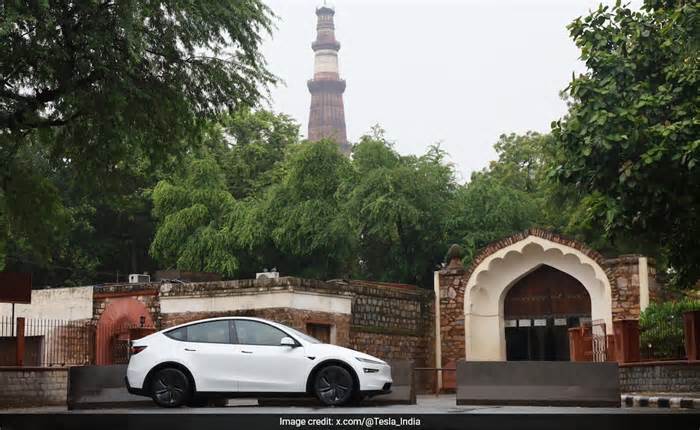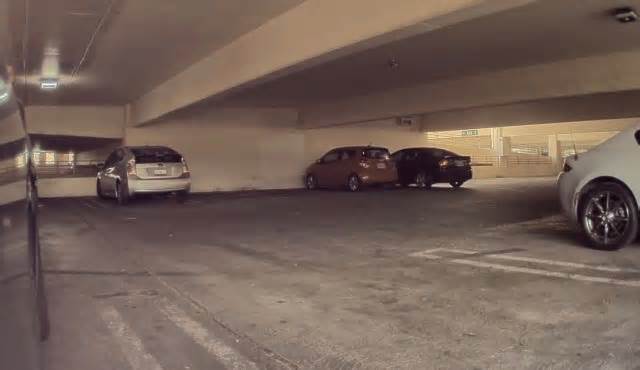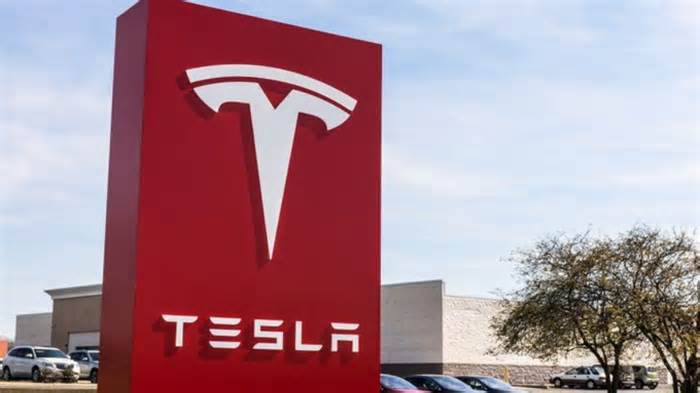
Starlink's Kenyan Setback: 2,000 Users Lost in Q1 2025 Amid Rising Local Competition
- by Ecofin Agency
- Aug 10, 2025
- 0 Comments
- 0 Likes Flag 0 Of 5

Starlink lost 2,000 Kenyan users in Q1 2025, dropping to 17,066, as local ISPs grew 8%.
High costs and 47 Mbps speeds drove users to cheaper, faster local providers like Safaricom.
Regulatory fees and urban congestion challenge Starlink, despite rural connectivity gains.
Starlink, the satellite internet service owned by Elon Musk's SpaceX, has seen a notable decline in its Kenyan subscriber base, losing approximately 2,000 users in the first quarter of 2025, according to official statistics from the Communications Authority of Kenya. The authority's quarterly report details a drop of 10.86 percent, reducing Starlink's total subscribers from 19,146 at the end of 2024 to 17,066 by March 2025.
This contraction occurred as the broader fixed internet market in Kenya grew by 8.1 percent, adding over 150,000 new connections across all providers. Starlink, which entered the Kenyan market in July 2023, had previously expanded rapidly, but now ranks eighth among internet service providers, overtaken by local competitors like Dimension Data Solutions with 18,890 users.
The service initially gained traction through its network of low-Earth orbit satellites, offering connectivity in areas where traditional infrastructure fell short. By late 2024, Starlink held about 1.1 percent of the fixed internet market, serving primarily rural users but also attracting urban customers during periods of instability.
During the June 2024 protests against the government's Finance Bill, nationwide internet disruptions affected local networks, with connectivity dropping by up to 40 percent in some areas, as monitored by digital rights group NetBlocks. Many Kenyans subscribed to Starlink during this time, using it to maintain online access and share information amid restrictions on platforms like those operated by Safaricom.
In November 2024, Starlink halted new subscriptions in high-demand urban areas such as Nairobi, citing capacity constraints, a pause that lasted until June 2025. During this period, existing users reported service slowdowns, with median download speeds recorded at 47 megabits per second in May 2025 by internet measurement firm Ookla, compared to the advertised range of 25 to 220 Mbps. The company's first local ground station, established earlier in 2025, reduced latency from 120 milliseconds to 53 milliseconds, but speeds remained inconsistent, particularly during peak usage hours.
Subscribers faced upfront costs for the Starlink kit at around 27,000 Kenyan shillings, equivalent to about 210 U.S. dollars, plus monthly fees between 4,000 and 6,500 shillings, or 31 to 50 dollars. These rates positioned the service at three to four times the price of comparable plans from local providers, such as Safaricom's fiber options starting at 2,500 shillings for 50 Mbps. Additional expenses arose from the need for power backups in regions prone to outages, and the absence of on-site customer support meant users relied on online troubleshooting.
Local internet firms responded to the competition by rolling out promotions, including free installations and faster speeds. Safaricom, commanding 36.5 percent of the market, gained nearly 57,000 subscribers in the first quarter of 2025, offering 5G routers for 3,000 shillings and packages up to 1,000 Mbps. Jamii Telecommunications and Zuku similarly expanded, providing support in local languages and addressing hardware issues promptly, while Starlink's model depended on remote assistance.
Regulatory developments added layers to the landscape, with the Communications Authority proposing fees for satellite operators, including an annual charge of 0.4 percent of revenue and a one-time license of 15 million shillings. Kenya also sought United Nations guidance on regulating such services in November 2024, aiming to ensure fair competition with state-linked providers like Telkom Kenya.
Starlink increased its bandwidth capacity by 32.7 percent in early 2025 and resumed urban sign-ups, focusing on rural areas where it connects users in tourism regions like the Maasai Mara. Similar subscriber dips appeared in Nigeria and Rwanda during the same period, with the service maintaining utility for remote applications amid ongoing expansions. This performance setback may have evolved, as updated figures are yet to be provided.
Idriss Linge
Please first to comment
Related Post
Stay Connected
Tweets by elonmuskTo get the latest tweets please make sure you are logged in on X on this browser.
Sponsored
Popular Post
Sam Altman's OpenAI Takes On Elon Musk's Grok in AI Chess Tournament Final - Who Won?
28 ViewsAug 09 ,2025






 Energy
Energy


















